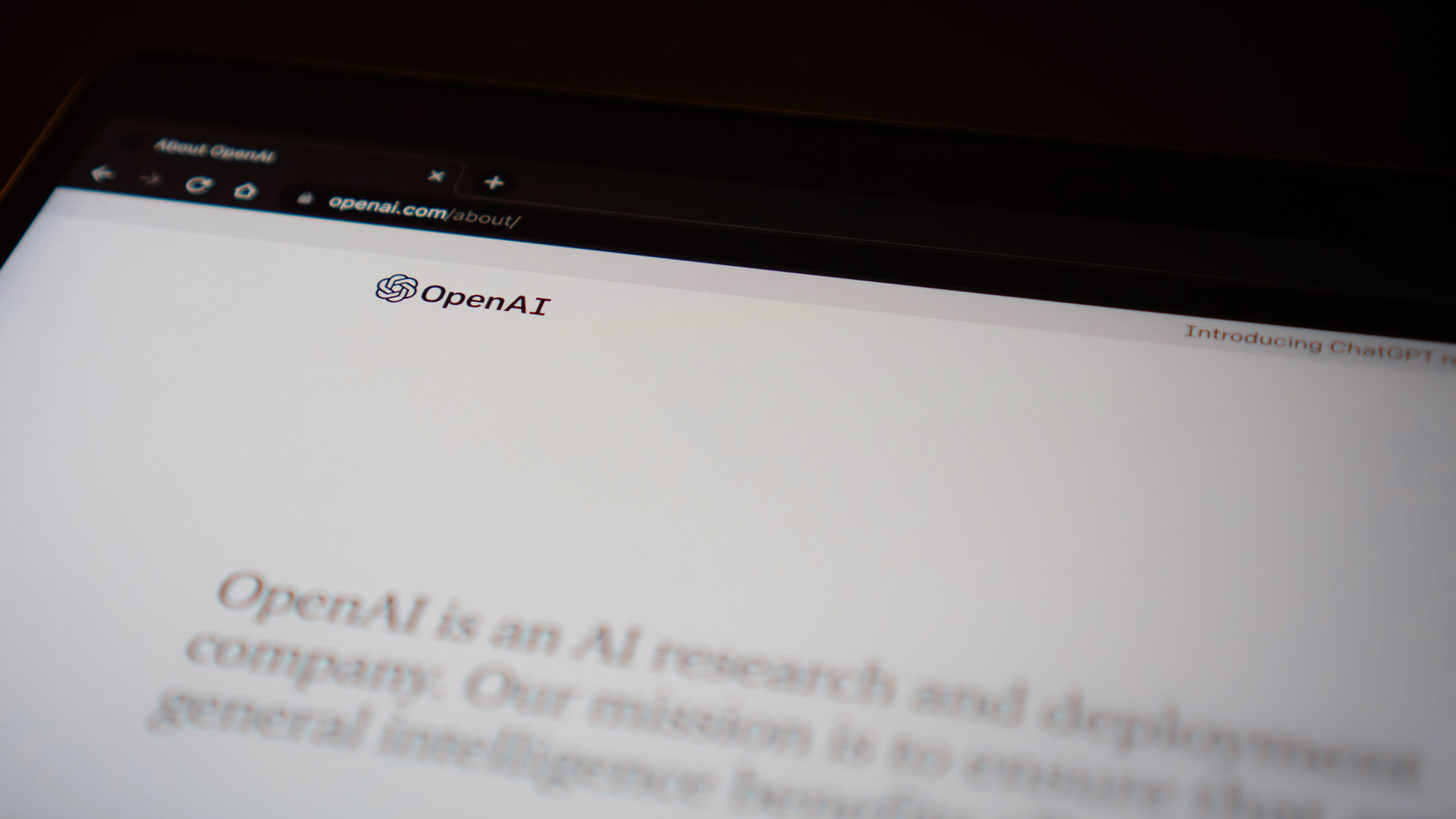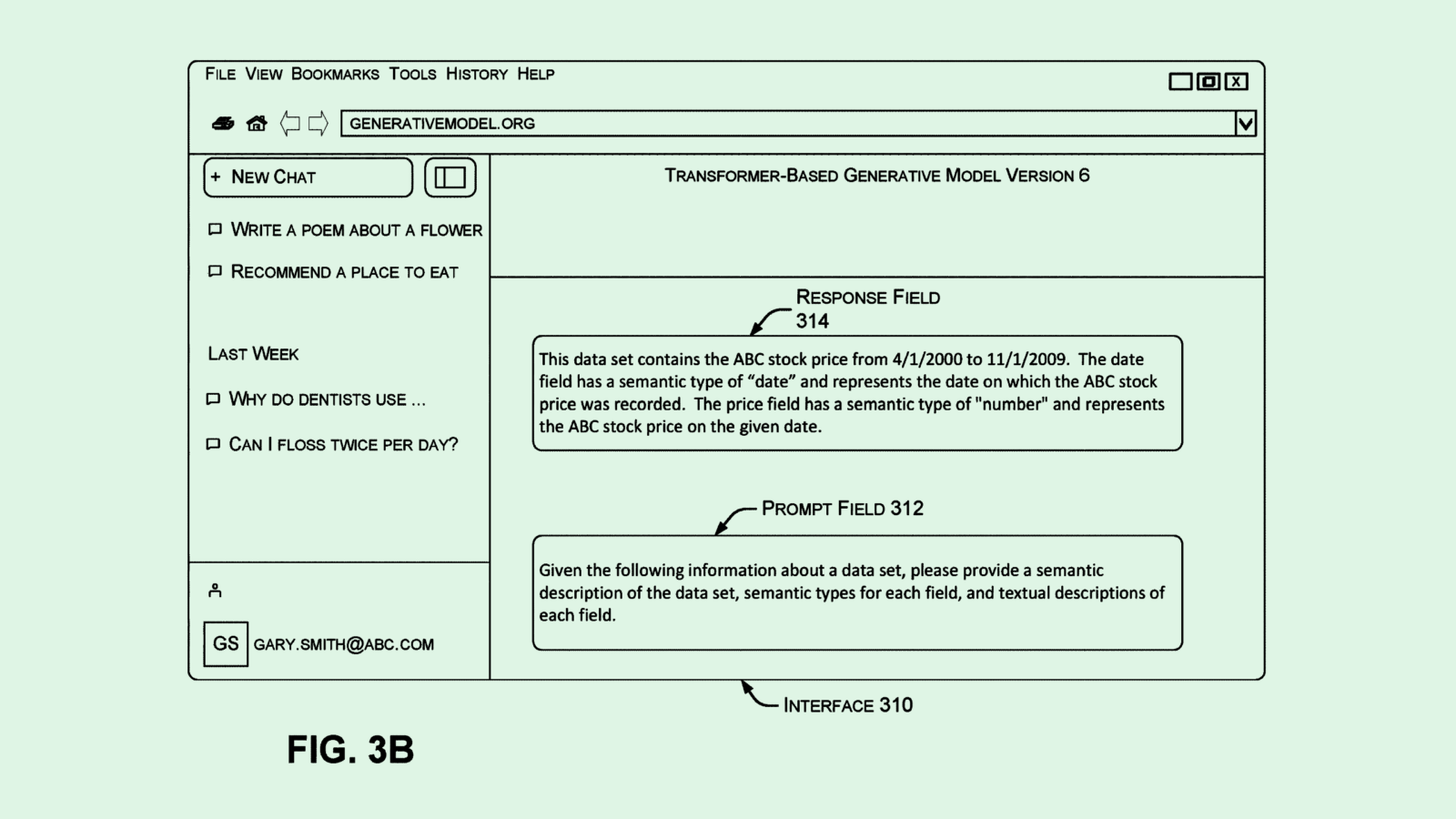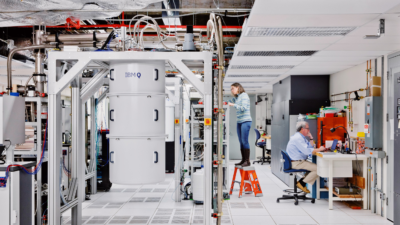AGI Could Be Limitless. Will Your Enterprise Really Need it?
AI’s enterprise value exists on a “bell curve” – one which, at the current rate of AI development, we’re nearly at the top of.

Sign up to get cutting-edge insights and deep dives into innovation and technology trends impacting CIOs and IT leaders.
Tech companies continue to make their AI bigger and better, with many chasing after an elusive goal: Artificial general intelligence.
Artificial general intelligence, or AGI, is a theoretical kind of AI with human-level intelligence, reasoning, problem-solving, and adaptability, as well as capabilities that span a wide range of tasks. Compared to traditional AI, AGI is theoretically able to solve problems that it hasn’t been specifically trained for.
It’s a concept that AI kingpins see as a natural next step: Nvidia CEO Jensen Huang said last year that AGI could be realized in as little as five years. Google co-founder Sergey Brin reportedly said in a memo to staff in February that the “final race to A.G.I. is afoot,” pushing employees to work 60-hour weeks to keep up. And OpenAI CEO Sam Altman said in a blog post in January that he’s “confident we know how to build AGI … as we have traditionally understood it.”
For enterprises, the applications may be limitless, said Praful Saklani, co-founder and CEO at Pramata.
“Imagine if you had an unlimited bench of the best financial analysts, security analysts, application programmers, marketing copywriters,” said Saklani. “What would you be able to do as a company if you could accomplish these things in parallel, without any limitations on time or cost?”
The question remains, however, whether or not enterprises will actually need AI systems with these capabilities, said Brian Sathianathan, co-founder of Iterate.AI. Sathianathan said that AI’s enterprise value exists on a “bell curve” – one which, at the current rate of AI development, we’re nearly at the top of.
- AGI, meanwhile, exists towards the end of that bell curve. After a certain point, the value to performance ratio starts to wane, said Sathianathan.
- “The most benefit will be at the very peak of the bell curve – which will not happen with AGI. It’ll actually happen with existing AI,” said Sathianathan. “There is enough AI available today, and in the next couple of months, it’ll even get better.”
Rather than hedging their bets on AGI, enterprises may get more bang for their buck by “fixing AI’s current limitations,” Sathianathan said. “I don’t think enterprises really need AGI. What we need are more advanced, more cleaned up, more sophisticated AIs. Advanced AI is more than enough for enterprises.”
AGI also comes with some risks, both technically and ethically. From a security perspective, the biggest risk to the advancement of AGI would be its use for malicious purposes, said Saklani, such as using it to discover and exploit security vulnerabilities, leverage personal information, or spy on employees. “That’s where evolving criminal law and establishing regulation will be critical,” said Saklani.
And because the possibilities of the tech are theoretically endless, there’s also the ethical debate of when AI shouldn’t be used, said Sathianathan. Current AI is great at automating tedious tasks, but there are still a lot of tasks that require human interaction. “The remaining value of AGI in enterprise essentially will devalue humans after you pass a certain point,” Sathianathan said.
However, like many AI deployments thus far, enterprises likely won’t be thinking about whether they actually need AGI – but instead whether or not their competitors are implementing it.
“You could try to avoid it, but if your competitor masters how to use it, they will almost certainly defeat you in almost every dimension,” said Saklani.











